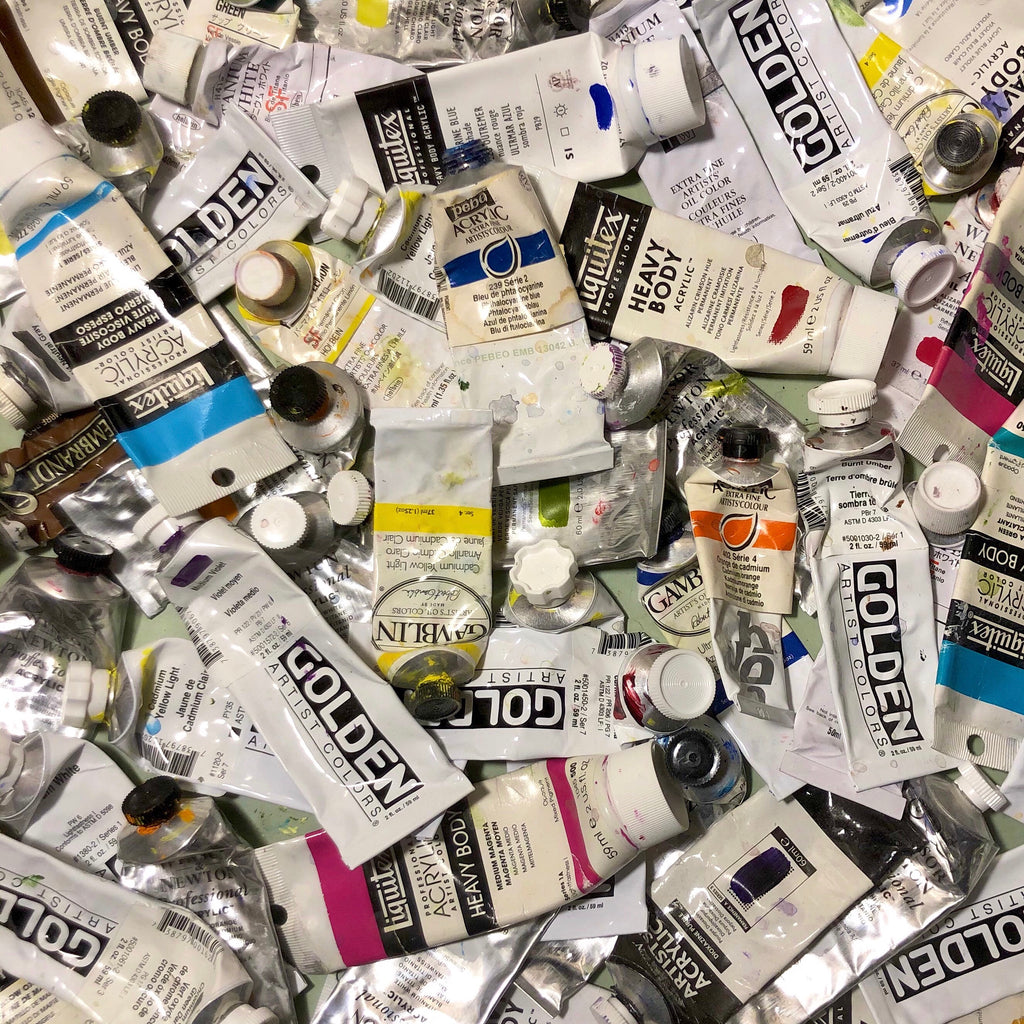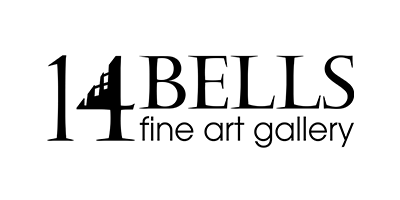When Is A Painting Finished?

“Art is never finished, just abandoned.” This quote attributed to Leonardo da Vinci beautifully responds to a question that perhaps defies any one answer. When is a painting done? When does the artist step back from a painting, ready to reveal the work to others? Do they simply decide to stop? There is no
checklist or standard of completion. What brings the artist to that moment of decision?

(Halifax studio of Mark Grantham)
Part of the answer perhaps lies in the intent or purpose behind the work. Most artists feel an instinctual need or desire to create something. Painting may simply be an act of relaxation or personal enjoyment. For others, making art is a means to understand the world around them, to explore and question. Some
people paint to show others what, or how, they see something. A painting may be a learning exercise in itself, one step on a path. Maybe the artist is driven by a combination of these things, and over time, and with experience, their intent slowly changes. From evolving to established artist, the drive behind
creation may become influenced by competition or by professional goals. In any case, understanding why something is created helps determine when the job is done.
As with most things, honesty also plays a role. From the moment the work begins the artist is making decisions on everything from size to colour and balance. Every brushstroke, every mark on the canvas, no matter how intentional, is considered at some point in the process. Some strokes of genius are in fact happy accidents. Areas of the painting are reworked or disappear in a change of heart. Practice and experience improves the artist’s skill and eye for what works, and what was acceptable to the beginner changes with time. The learning is endless. With maturity, hopefully the artist gains the confidence to be
themselves on the canvas, to learn but not mimic, to reveal themselves in the age-old pursuit to find their own voice. Not every attempt is successful. There is honesty required to recognize when a painting has gone wrong, to destroy or paint over hours of work, to begin again. An honest critique of the work
helps make that final decision. At that moment, there is time to consider before sharing what has been created. Is the artist satisfied? Perhaps there is uncertainty? Perhaps the next one will be even better.
 (Artist Robert Lyon in his New Brunswick studio)
(Artist Robert Lyon in his New Brunswick studio)
Creating is such a brutally personal act of expression and that requires a certain level of confidence. There must be a willingness to simply try, but also to fail or mess up. Many artists strive toward an elusive ideal. Knowing when to stop the work, before going too far can be tricky. There is a risk of killing the spontaneity, the freshness, and the initial spark of inspiration. There might always be one more thing, one minor adjustment, one small mistake to correct, one new insight that might make a difference. However, there may be great loss in endless expectations and never completing anything. When is the painting enough? Experience and confidence helps.
For every artist asked, there is probably a different answer as to when a painting is done. Prolific experienced artists may create masterful works in a matter of hours or days. Others may take months or even years. Many great works of art have progressed through varying stages of development, been set aside for a period, and then continued when the artist returns with a renewed outlook or inspiration. In the end, is the artwork abandoned? Does the artist simply decide to stop mid-sentence or has the answer been given, the point made, the feeling shared? Perhaps now the real conversation begins.
-Anna Horsnell

Comments on this post (1)
As an established artist,I am enjoying Anne Horsnell’s articles. Perceptive and honest, very well written. Thank you for sharing.
— Patsy MacKinnon